Arts and Culture
Audience Development
Article
The Culturephiles
7d5016cc-efa5-46d0-a4b8-57c83e9cfa6e
8 min
https://edge.sitecorecloud.io/tessiturane75c3-tessituraneee12-development-6640/media/Images/Discover-Images/Andrew-Blog/Cultural-Experience-Framework/cultural-experience-framework-768x465.jpg?h=465&iar=0&w=768
Designing the perfect experience
The Cultural Experience Framework

President & CEO, Tessitura
The Cultural Experience Framework
2/26/2020
8 min
The cultural industry has the opportunity to create massive, positive change in the world.
As Andrew suggested in this post, the generations that will lead the world into the future prefer experiences over things. As Michael reflected in this post, business management research provides a roadmap for how to capture these new consumers who love irresistible experiences. (Today’s post is co-written by Andrew Recinos and Michael Greer*).
Unlike the corporate world, our industry doesn’t have to start from scratch in creating irresistible experiences. The business of culture is the business of experiences. If we design our experiences deliberately, we have the potential to infuse meaningful, entertaining, enrichment into the lives of everyone.
And if arts and culture is a meaningful part of everyone’s lives, the world is a better place in innumerable ways.
Designing the Perfect Cultural Experience
Take a moment to imagine an unforgettable curated experience you’ve had. Attending a sporting event, visiting a museum, an amazing dinner out. Chances are you’ve had many. We certainly have.
Knowing that everyone has had these experiences is the easy part. Defining what makes them unforgettable is mostly impossible. Still, while we can’t provide a recipe for the perfect experience, perhaps we can provide a list of ingredients.
When we consider the full sweep of an individual’s cultural experience, we have arrived at a series of stages we call the Cultural Experience Framework. This framework describes the moments of influence that a person experiences from initial awareness of a cultural experience through to its enduring memory after the fact.
Before we detail the framework, consider this short story:
Leah was lucky to grow up with theater in her school and a family that loved going to performances (Climate). So one day, when she sees a friend posted a link on social media about attending an upcoming production of Othello (Consciousness), her interest is piqued and she clicks through to learn more (Curiosity). Her research leads her to purchase a ticket (Commitment) thus beginning weeks of anticipation (Contemplation).
The evening of the show, she is swept up in the moment as she enters the venue, sharing her experience in real time and feel connected to the swarm (Confluence) of others arriving for the play. This leads to the experience of the play itself (Culmination), filling her with both entertainment and enrichment. In the weeks following her attendance, she feels an afterglow of thoughtfulness about the play’s message (Continuance).
While one night of theater doesn’t change her permanently, over time she develops a habit of participating in culture, leading her to better understand others, crave human connection and appreciate beauty (Culturephile).
The Cultural Experience Framework
As you have gleaned from the story, we imagine the total cultural experience extending far beyond the performance, exhibit or visit. To truly hook today’s audiences, you need to embrace the entire continuum of your connection.
We present this framework as a tool to conceptualize the stages that describe the total experience. Each stage describes a different set of experiences depending on the individual, the cultural product and the external environment.
Climate
Before we consider the arc of the experience itself, it is crucial to understand the atmosphere that brings the consumer and the cultural institution together. In our story, Leah was already predisposed to Othello because of her education and interests. We call this Climate.
We define Climate as the cultural, political, economic and social environment that a person has grown through and exists in. It is important to recognize that this stage is independent of customer agency and requires no action on the part of the individual. Climate includes funding for culture in the individual’s region, availability of culture in the individual’s community, cultural education in the individual’s upbringing, and the role of culture in the social fabric of the individual’s world.
Climate is the canvas on which the total cultural experience is painted.
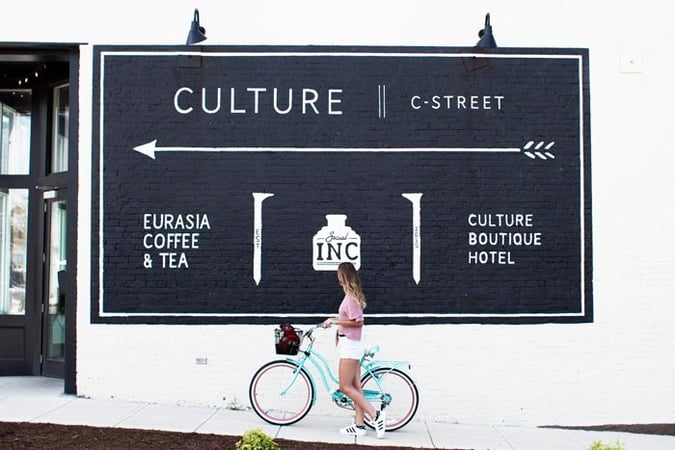
Photo by Paige Muller on Unsplash
Consciousness
In the beginning, there is awareness. We call this Consciousness.
Consciousness is the stage when the individual first becomes aware of the experience. We contend that the total cultural experience begins at this moment. This stage contains the largest cohort of people for the simple reason that most will not progress past this stage. Consciousness is instant and often experienced unintentionally. How many movies are you aware of but have never seen?
In days past, the Consciousness stage was dominated by traditional advertising: print media, radio, television, direct mail. In the digital age, initial consciousness of an event is arriving in ever more personal and direct ways. Leah saw a social post about Othello, and in that instant she entered the Consciousness stage.
Curiosity
Most individuals will blink and keep scrolling, but a smaller subset will stop to learn more. We define Curiosity as the stage when an individual contemplates involvement in the experience. Arts researcher Alan Brown refers to this as “readiness-to-receive,” a combination of contextualization, relevance and anticipation of the experience. Brown goes on to describe how organizational efforts can shape this readiness in customers long before they purchase a ticket.
In Leah’s case, her background (Climate) combined with seeing a post from a friend (Consciousness) piqued her Curiosity to learn more about Othello.

Photo by rupixen.com on Unsplash
Commitment
Commitment is the stage where the individual purchases the experience. At Commitment, customers have become curious enough to fully engage. Marketers call this the moment of conversion. While we believe that the total customer experience begins at the point of exposure (Consciousness), the customer likely feels that Commitment is where the relationship begins. As a result, how the Commitment stage is experienced by the customer is a critical part of the total experience. Critical, yes, and often very brief. In Leah’s story, her purchase of the ticket to Othello is a mere moment in time compared to the other stages.
Contemplation
Contemplation is the stage between committing and attending, when the individual’s anticipation can build. This period could range from months (purchasing tickets to a popular Broadway show well in advance) to seconds (purchasing admission to a museum moments before walking into a gallery). During Contemplation, customers have the opportunity to build on their personal thoughts developed during Curiosity. In this period, institutions can influence how the customer will fully experience the work.
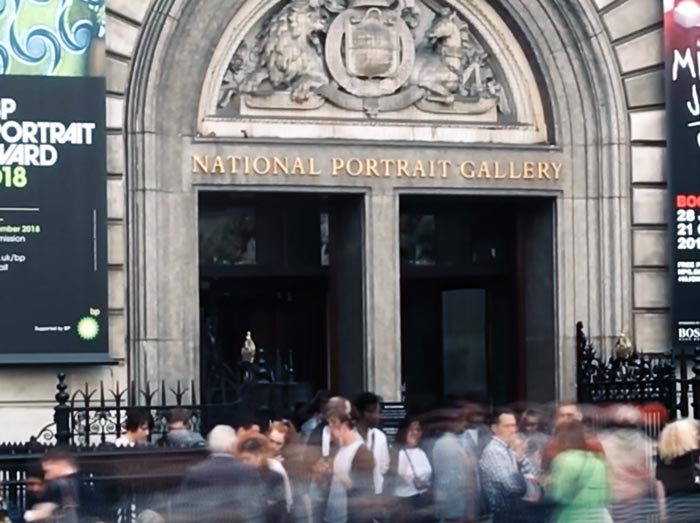
Photo by Andrew Recinos
Confluence
The Confluence stage is the moment that the individual crosses the threshold into the venue. It is the junction of all the pieces of the experience up to that moment. Confluence describes everything surrounding the actual performance, art, etc. This includes parking, ticket check-in, food and beverage, pre-show entertainment, boutiques, etc. Confluence is the first time that the individual is physically sharing the experience with others. Confluence is where all those Instagram selfies live. In the performing arts, Confluence is typically linear, occurring before, during and after the event. In museums and attractions, Confluence intermingles with the culture, as visitors dip in and out of exhibits, shops and cafes and design their own on-site experience.
Customers have built a narrative during the Curiosity and Contemplation phases. As they take that narrative into Confluence, it can be reinforced or shattered. How these surrounding activities mesh with their expectations and prior marketing information is the last opportunity to shape how the customer feels about the culture before experiencing it directly.
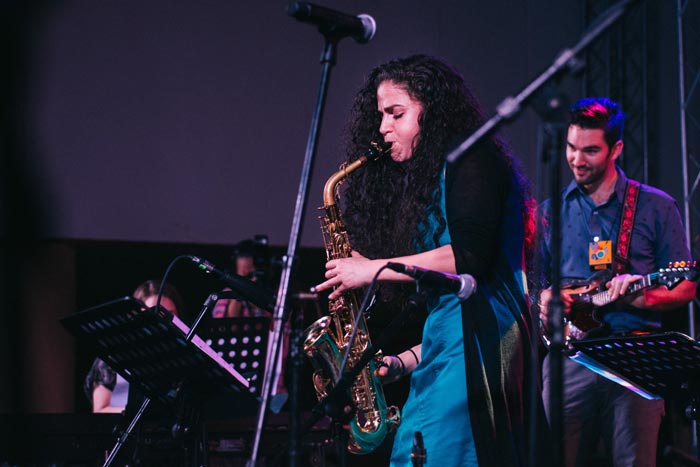
Photo by Kobby Mendez on Unsplash
Culmination
Culmination is the cultural product itself. This is the performance, the exhibit, the crux of the visit. What the customer views as “the experience” is to us, the climactic moment in a series of stages that have been carefully crafted in order to convey some emotion or message from the artist or the institution.
Depending on how they traveled through the stages, two customers can view the identical Culmination and experience it in profoundly different ways. A portion of this is simply the nature of subjective experience. Still, we believe there is another portion that can be crafted by the artists or curators in conjunction with the business side of the organization. Rather than thinking of an exhibit or a performance in a vacuum, is there more that the creative and business teams can do together to link the Culmination to the rest of the total experience?
Continuance
The individual has left the building. The Culmination is complete. But is the experience over? We think not. We define the Continuance stage as the tail of the cultural experience that stays with the individual once they have left the venue. This could be amplified by keepsakes such as program books or ticket stubs, or through social postings and check-ins.
We believe that, just like Culmination, this is a fertile if underutilized stage in the total experience. Is there more a cultural organization could do to give the experience a longer tail and further lock in the emotional connection between consumer and culture?
Continuance is also the moment where cultural institutions are most likely to begin the experience stages again, using this moment to build Consciousness, Curiosity or even Commitment for the next Cultural Experience.
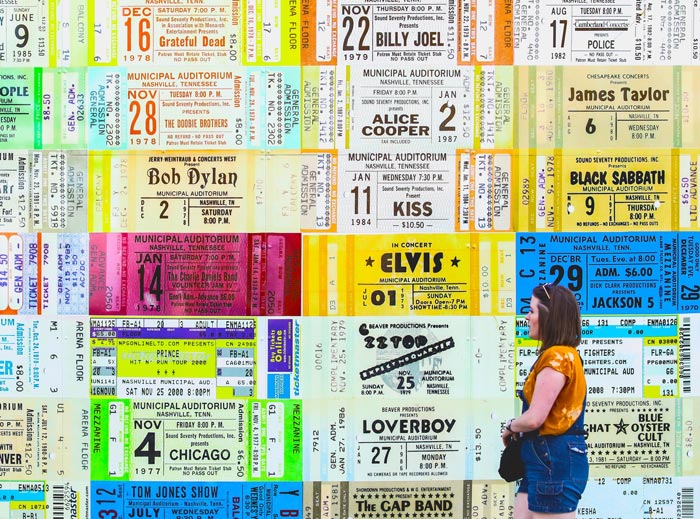
Photo by Dylan Mullins on Unsplash
Culturephile
One does not find they have culture as a meaningful part of their life overnight. But just as with a daily exercise regimen or learning a new language, an individual who enjoys repeated cultural experiences can, like our friend Leah, find their life changed for the better. Myriad studies prove this. We define these lucky people as Culturephiles: individuals who have arts and culture as a meaningful part of their life. Just as the first “C” of Climate is the starting point that makes the Cultural Experience possible, the final “C” for Culturephile is the best possible outcome of this noble work.
• • •
In the coming posts, Michael and Andrew will dive into each of the stages of the Cultural Experience Framework, with stories, examples and ideas drawn from the business of arts and culture and elsewhere.
* Michael Greer is the Executive Director of the Oregon Ballet Theatre. As a fellow Portlander, he and I began a series of lunch conversations on the “total cultural experience” that have resulted in this framework. We co-wrote this post, and are each writing posts on the topic over the next few months. Mine can be found here or on LinkedIn, and Michael’s will all be on LinkedIn.
Top photo by Elena de Soto on Unsplash
Topics
Arts & Culture
/Audience Development
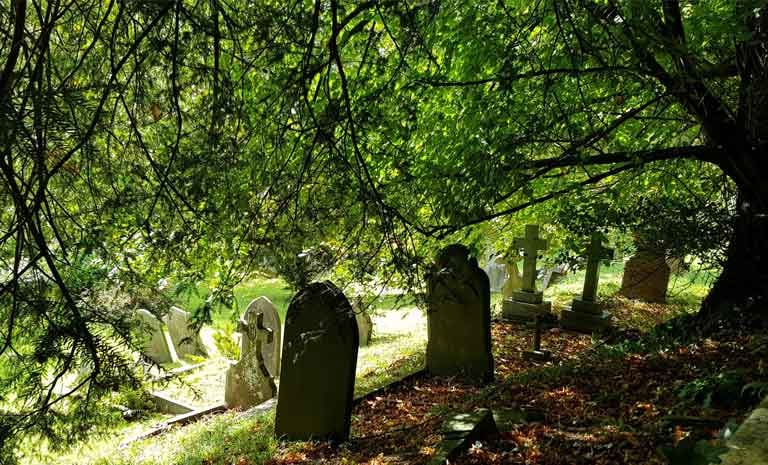
How to be a good ancestor | Andrew Recinos
Arts & Culture
How a conversation with a genealogist changed how I talk with my family
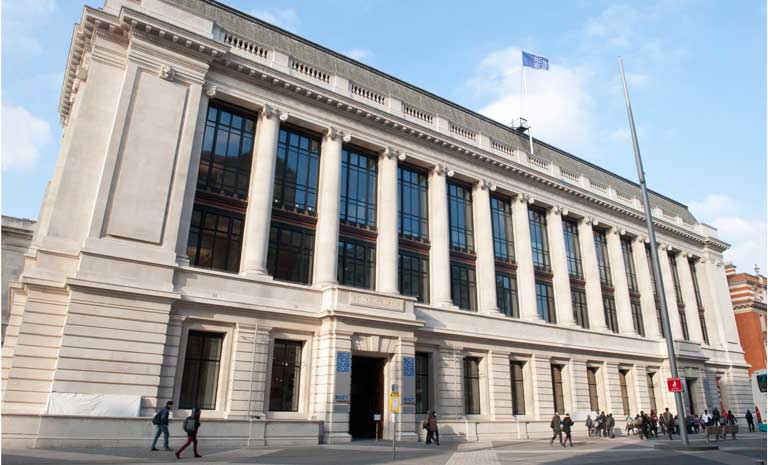
Superpowers of Observation | Andrew Recinos
Arts & Culture / Museums
How a clever museum exec looked up from the numbers and saw the story of the solution.